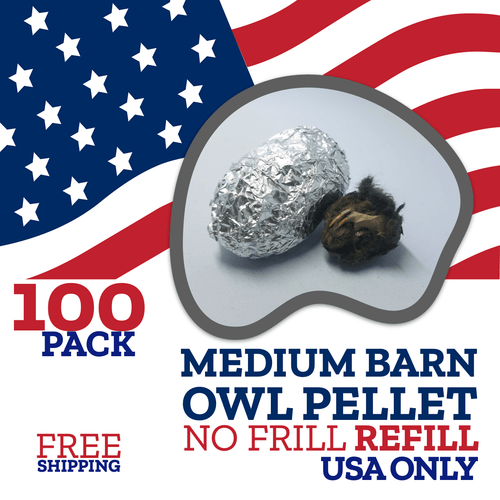Griffon Vultures are one of the largest vulture species and are one of the largest birds in Europe.1&2 They stand about 37-43 inches tall and have a wingspan of about 9 feet!3 Because of their size, it takes a lot of energy to get them airborne, and so they spend most of their time along cliffs, where they can use the sun to get into the air by riding thermals.1
These birds have long necks that are white, as are their heads. The rest of their bodies tend to be varying shades of brown. Like other vultures, they eat carrion and particularly enjoy eating the muscles and organs of their dead prey.2 Due to their long necks, they have an easier time getting to the part of the animal they prefer eating.3 When they fly around to look for food, they can spot it from 5 miles away.2
Griffon Vultures faced a decline in the 1900s due to poisoning, hunting, and lack of food. However, they’ve been able to rebound – they are considered to be of Least Concern according to the IUCN. You’ll find them in countries like Spain, Portugal, France, Greece, and Bulgaria.3
These vultures will pair up with one other of their species when it’s time to reproduce, and they’ll stay together for the rest of their lives. Females will lay one egg sometime between December and March and incubate it for almost two months.2
In the wild, they usually live to be 25, but in captivity, they can live to be almost 40.2&3
Learn all about the anatomy of animals without the use of real ones with our Dissect It! kits.
These kits are geared toward children ages 6 and up to help them learn STEM skills like problem-solving, critical thinking, and analysis.
Children have a chance to practice dissection skills and learn about the anatomy of a piranha, salamander, frog, or bat – without using the real animals. The animals that come in the Dissect It! kits are made of a one-of-a-kind gel that gives a realistic feel to the activity. Each kit comes with two gel refills so you can do the activity more than once! |
|






